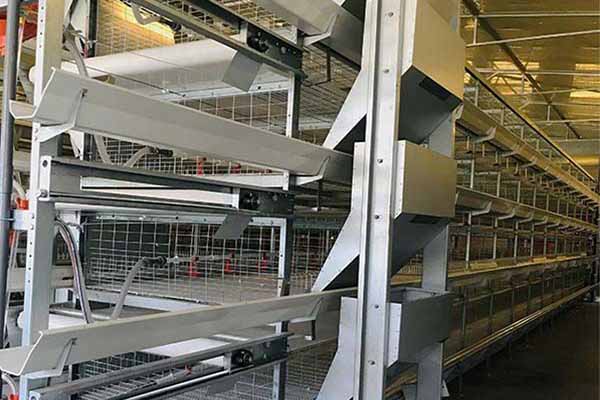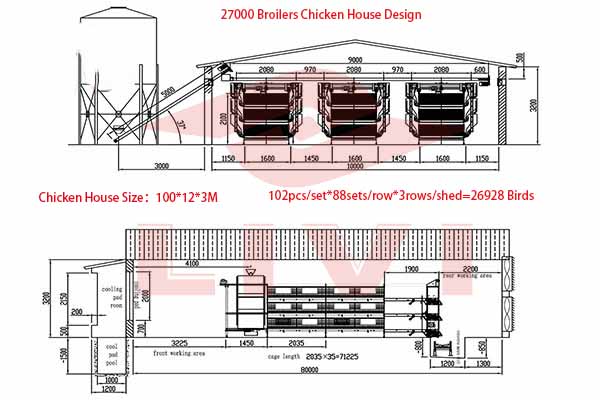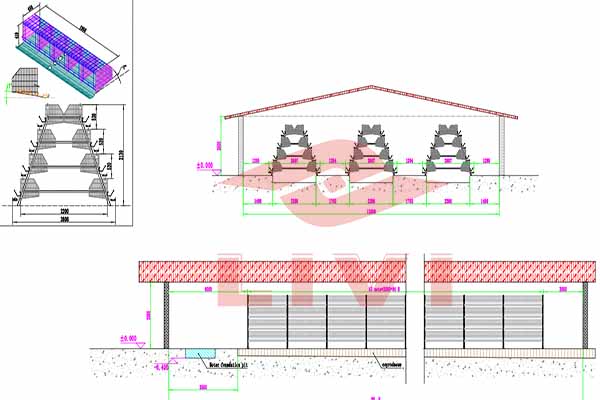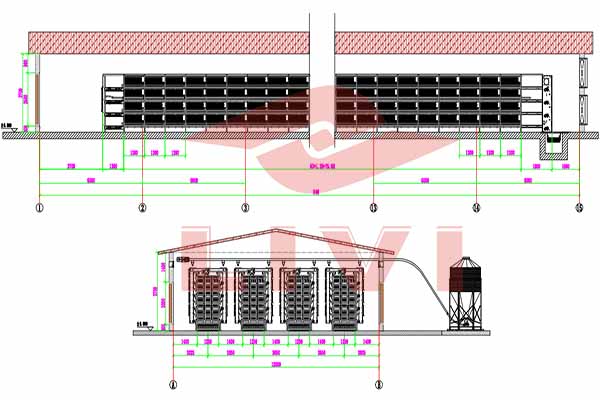Poultry House Climate Control: Challenges and Solutions
Climate control in poultry houses is a critical aspect of successful poultry farming. Maintaining optimal temperatures, humidity, and air quality is essential for the health and productivity of the birds. However, there are several challenges that farmers and investors face when implementing climate control systems. This article explores these challenges and provides potential solutions.

Common Climate Control Challenges in Poultry Houses
- Temperature Fluctuations: Extreme temperatures can stress birds and reduce egg production. In hot climates, overheating can lead to heat stress, while in cold climates, chilling can cause respiratory diseases.
- Humidity Levels: High humidity can promote the growth of mold and bacteria, leading to respiratory infections. Conversely, low humidity can cause respiratory problems and increase the risk of frostbite in cold climates.
- Air Quality: Poor air quality can lead to respiratory diseases and reduced growth rates. Ammonia, dust, and pathogens in the air can all negatively impact bird health.
- Energy Consumption: Climate control systems can be energy-intensive, leading to high operational costs. Efficient energy use is crucial for cost-effectiveness and sustainability.
Solutions for Overcoming Climate Control Challenges
Implementing effective climate control solutions can mitigate these challenges and create a healthier environment for poultry. Here are some strategies to consider:
- Insulation: Proper insulation can help maintain consistent temperatures and reduce energy consumption. Insulating walls, roofs, and floors can prevent heat loss in cold climates and heat gain in hot climates.
- Ventilation Systems: Adequate ventilation is essential for maintaining air quality and temperature. Natural ventilation can be complemented with mechanical systems for better control.
- Climate Control Equipment: Investing in reliable and efficient climate control equipment, such as fans, heaters, and humidifiers, can help maintain optimal conditions year-round.
- Monitoring and Control Systems: Utilizing advanced monitoring systems can provide real-time data on temperature, humidity, and air quality, allowing for timely adjustments.
- Energy Efficiency: Choosing energy-efficient equipment and imp
 lementing energy-saving practices can reduce operational costs and environmental impact.
lementing energy-saving practices can reduce operational costs and environmental impact.
Table 1: Comparison of Climate Control Systems
| System | Advantages | Disadvantages |
|---|---|---|
| Convection Heaters | Quick heat distribution, easy to install | Can be expensive, energy-intensive |
| Heat Pumps | Energy-efficient, versatile | Higher initial cost, requires regular maintenance |
| Evaporative Coolers | Cost-effective, reduces humidity | Not suitable for all climates, requires water supply |
By addressing these challenges and implementing appropriate solutions, poultry farmers and investors can create a more profitable and sustainable operation.

For a detailed analysis of your specific poultry house climate control needs, contact us today for a free consultation and to receive our detailed design and equipment quotation.




